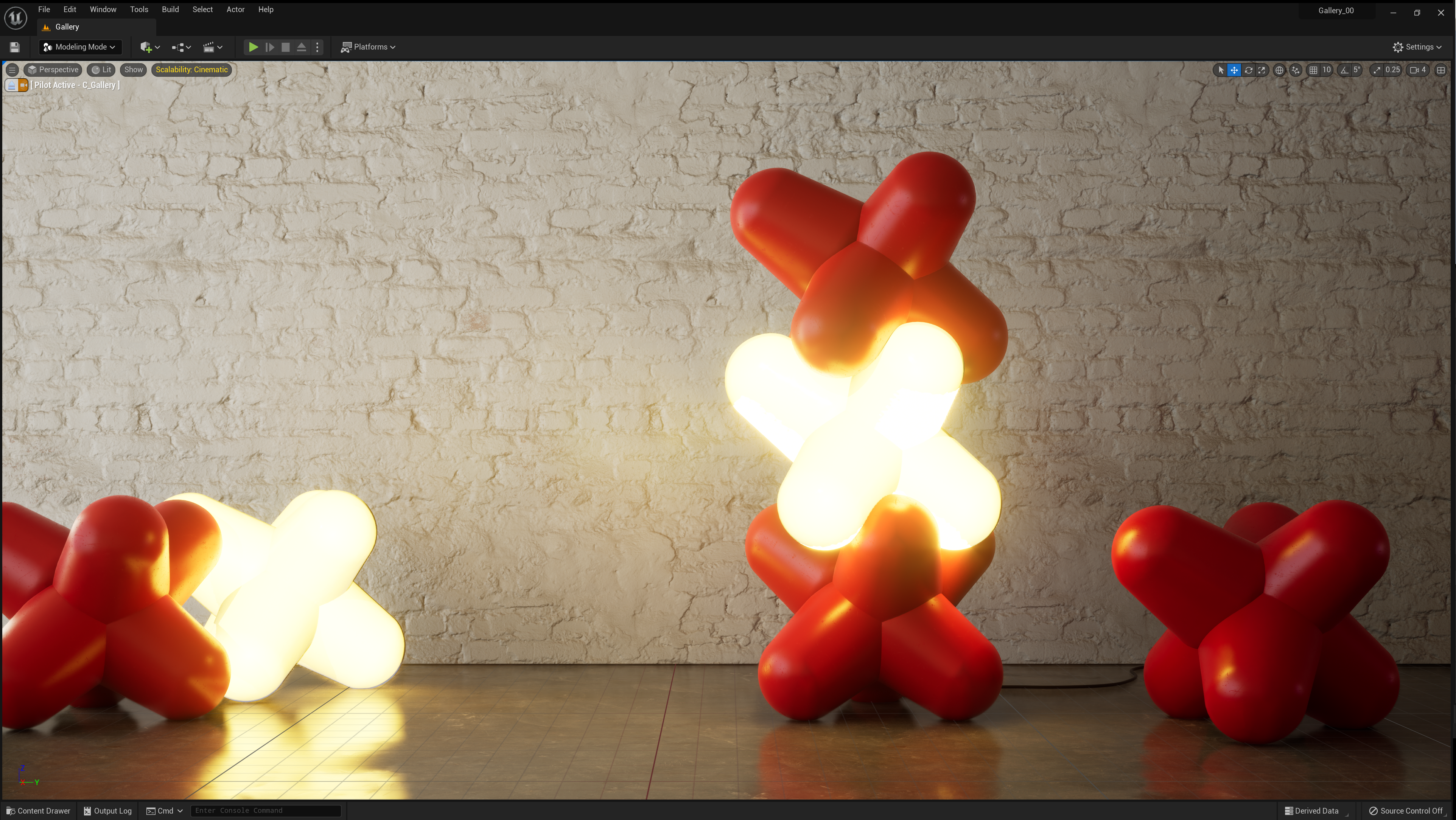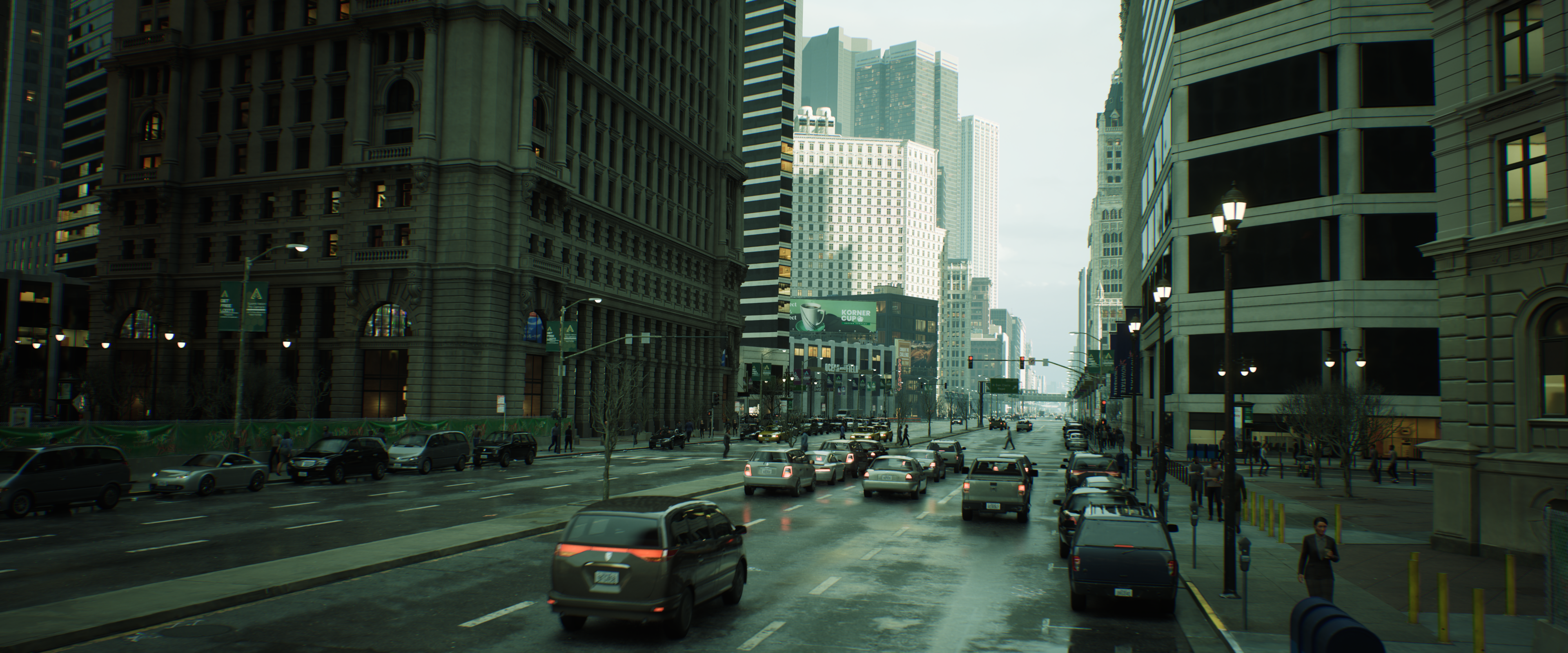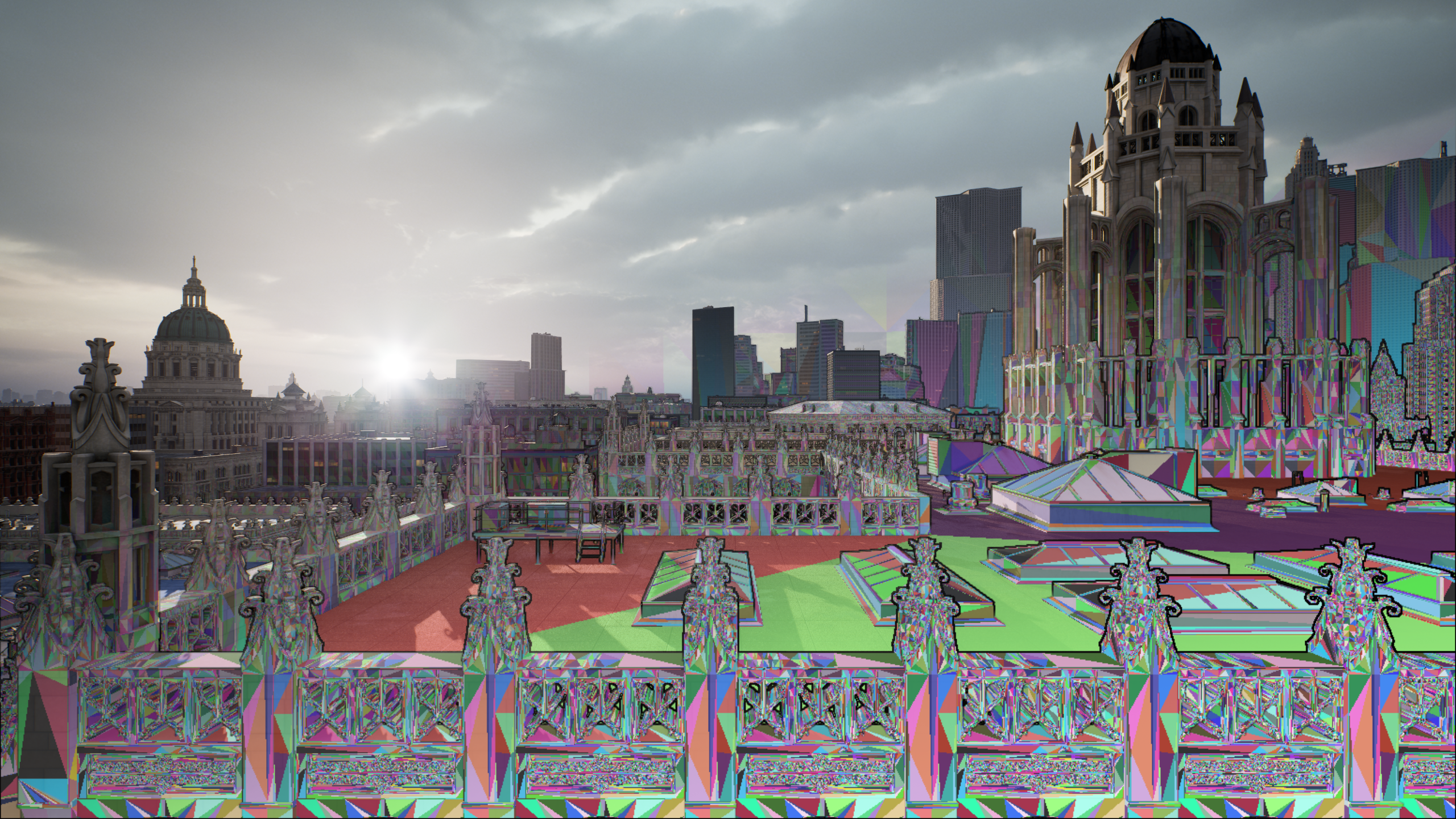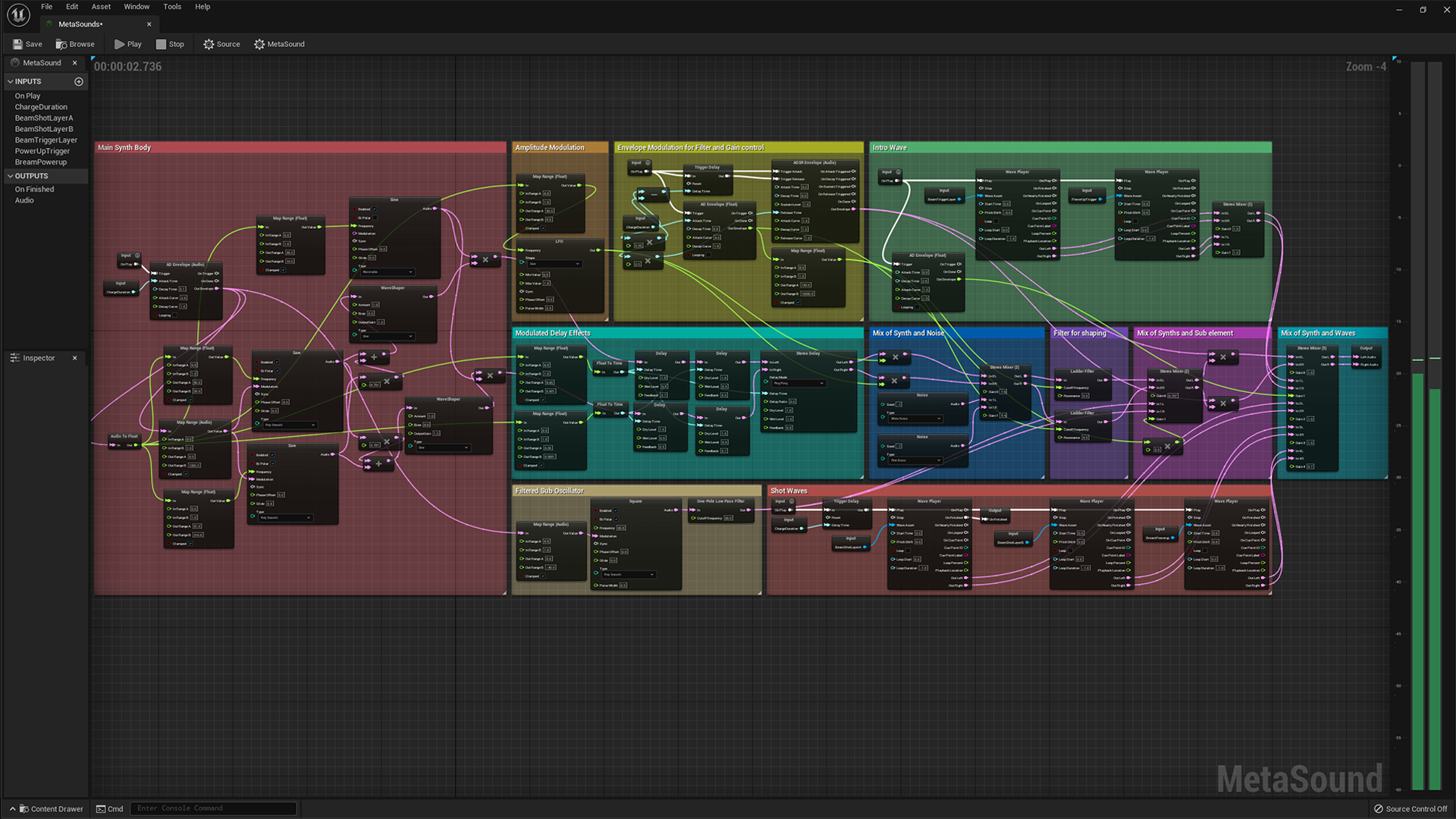We've officially entered the Unreal Engine 5 era
The new engine leaves its "preview" phase and enters full release today.
A "preview" version of Unreal Engine 5 has been available for a while now, but today it officially took Unreal Engine 4's place as the current Unreal version: Unreal Engine 5 is out now. We can expect new Unreal-based games to use the latest engine, as well as many in-progress games, such as Stalker 2, the next Tomb Raider (also announced today), and games from developers such as Remedy, Obsidian, and Ninja Theory. The video embedded above is a new UE5 tech demo compilation from Gears of War studio The Coalition.
Adoption of UE5 will mean different things for different studios, but the big themes are workflow streamlining and high-fidelity geometry and lighting. The 2020 Unreal Engine 5 reveal video lead with its new "micropolygon geometry system," Nanite, and its "global illumination solution," Lumen. With Nanite and Lumen, Epic says that developers can import film-quality 3D assets with "massive amounts of geometric detail" and set up dynamic lights without worrying about certain complex technical steps, especially those to do with optimization. The engine handles the 'making it run on our PCs' part, or at least more of it.
There are some features specific to open world games, too, which may be useful for CD Projekt Red's new Witcher game; the studio announced last month that it's switching to Unreal Engine 5. One of those features is World Partition, which handles the on-the-fly loading and unloading of open worlds as players move through them. Another is Data Layers, which allow developers to "create different variations of the same world—such as daytime and nighttime versions, or intact and broken geometry—as layers that exist in the same space," says Epic.
UE5 also includes new modeling and animation tools, "a fundamentally new way of making audio," and other features meant to simplify the work of game development and keep as much of it as possible in the Unreal Engine development environment. In fact, using Epic's Quixel Megascans (super detailed environment models) and MetaHumans (realistic, customizable human models), which are free to use in Unreal Engine projects, you can make a playable game without ever minimizing the UE5 dev kit.
"With this release, we aim to empower both large and small teams to really push the boundaries of what’s possible, visually and interactively," says Epic.
Like the previous version, Unreal Engine 5 is free to download and use; Epic doesn't collect royalties on indie games until they've earned over $1 million in revenue. I downloaded the UE5 preview the other day (it's available in the Epic Games Store app), and although I found aspects of it deeply unintuitive—I'm not a game developer!—I was able to import some Quixel Megascans and construct a crude scene with less Googling than I'd need to fix a sink.
Epic told me that a new UE5 community hub with tutorials is being added, as are two new demo projects: Lyra, a new starter game which replaces the old ShooterGame template, and more interestingly, City Sample, which contains the city from the Matrix tech demo that weirdly only released on consoles. If you just want to try it out, head here for info on how to download it. Note that Keanu Reeves' face isn't included, but you could always try to make it yourself in MetaHuman Creator.
Keep up to date with the most important stories and the best deals, as picked by the PC Gamer team.
Unreal Engine 5 is available now on the Epic Games launcher. If you already had the UE5 preview version installed, it's about a 5GB update.















Tyler grew up in Silicon Valley during the '80s and '90s, playing games like Zork and Arkanoid on early PCs. He was later captivated by Myst, SimCity, Civilization, Command & Conquer, all the shooters they call "boomer shooters" now, and PS1 classic Bushido Blade (that's right: he had Bleem!). Tyler joined PC Gamer in 2011, and today he's focused on the site's news coverage. His hobbies include amateur boxing and adding to his 1,200-plus hours in Rocket League.

